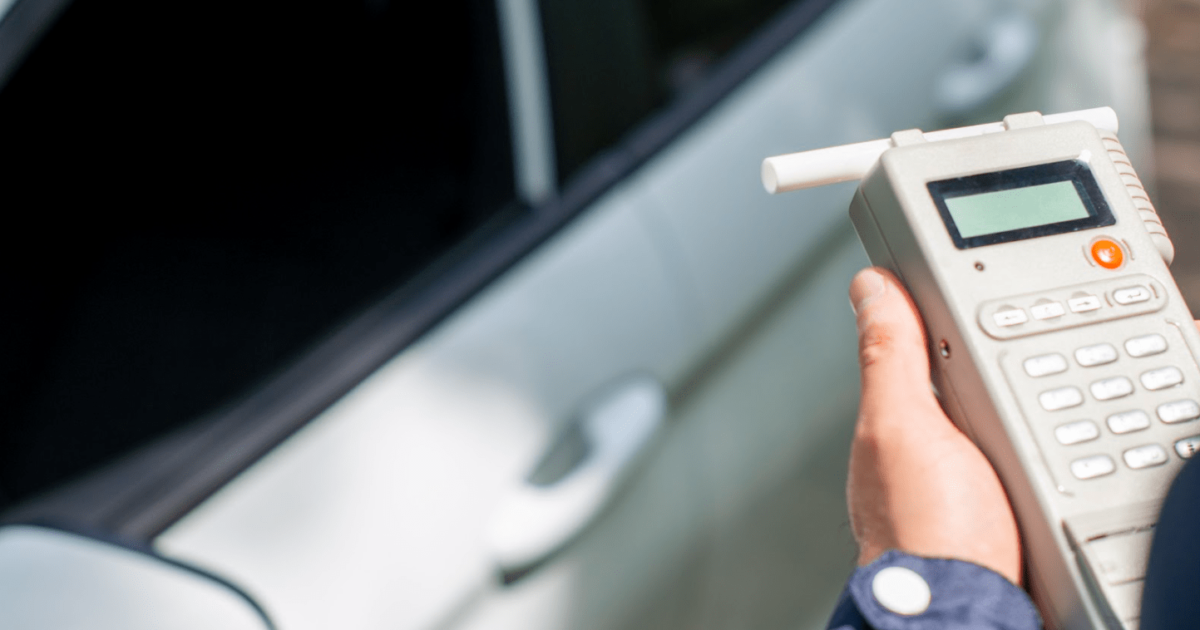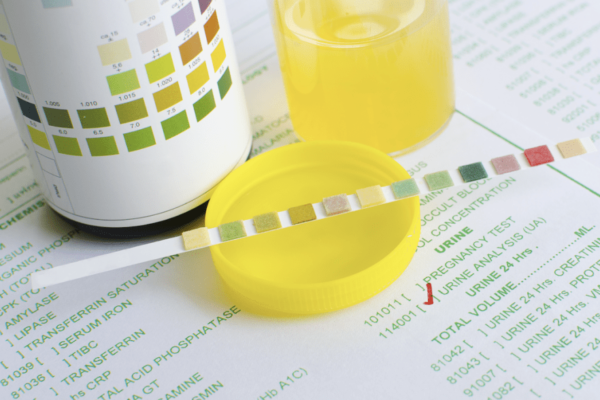How Long Does Alcohol Stay in Your System?

Many people want to know the answer to ‘how long does alcohol stay in your system’, and for good reason. Knowing this can help you prevent being over the limit, drunk driving and avoid dangerous interactions between drinking and any prescription medication.
Alcohol is broken down mainly by the liver, which metabolizes approximately 1 ounce per hour. However, this can differ depending on factors such as gender, weight, and age. Moreover, the amount you drink can seriously affect how quickly and how effectively your body can process it.
Here we’ll be looking in more detail at how the body processes liquor and the factors that affect this, how long alcohol stays in your system, and how alcohol in your blood is measured. Read on for more information, and get in touch with the Master Center for Addiction Medicine today if you or someone you know is struggling to control their liquor consumption.
How Does Your Body Process Alcohol?
When alcohol enters your system, the body processes it by metabolization. Although it passes through the digestive system, it isn’t processed in the same manner as food in the digestive tract.
Instead, a large amount of the liquor is absorbed straight into the bloodstream through the stomach and small intestine tissue lining upon entering the upper gastrointestinal tract. Once alcohol enters the bloodstream via the small intestine, it travels around the body, including to the heart and the brain. This is why so many bodily systems and functions are affected by it: it reaches all parts of the body.
The majority of what you drink ends up in the liver, which is where it is metabolized. As an approximation, the liver is able to process 1 standard drink (an ounce of liquor) in 1 hour. However, if you drink more than this and your blood alcohol levels are high, the liver cannot keep up with the rate of consumption, and you may saturate the system. This means that alcohol will begin to accumulate in other tissues and the bloodstream until the liver can metabolize it. If this happens too many times or too fast, damage to the brain and tissues of the body can develop.
The human body remains effective at processing alcohol, as long as it is not consumed so quickly that it causes alcohol poisoning. When you drink liquor, somewhere between 90% and 98% of it is metabolized and absorbed by the body. The remainder is expelled from the body through urine, feces, sweat, and vomit.
Binge drinking can often result in alcohol levels that are too high for your liver to cope with. And, the resultant alcohol poisoning can be serious. If there is a high enough volume of alcohol in your stem, vital life-supporting functions begin to slow – or in extreme cases – shut down.
It’s also important to know that continual episodes of excessive drinking can impede your liver’s ability to metabolize alcohol. During the process of breaking down any drinks you’ve had, the liver encounters a number of toxins. Bouts of heavy drinking can cause scarring and fat build-up that eventually restricts blood flow. This can lead to liver cells dying, and ultimately halt liver function altogether.
In the end, the amount of time that a drink will stay in an individual’s system, and the ability of the body to effectively process it, depends on how much they’ve consumed more than anything else.
What Is Blood Alcohol Concentration (BAC)?
Blood alcohol concentration – commonly referred to as BAC – is a measurement of how much alcohol is present in an individual’s system at any one time. BAC is expressed as the percentage of ethanol in the blood in terms of mass per volume.
For the majority of people, a single ounce of alcohol produces a 0.15% blood alcohol concentration. A person with 0.15% BAC will have little to no alcohol present in their bloodstream after a period of 10 hours. However, the more an individual has to drink, the longer alcohol will be present in their system.
As we’ve already outlined, alcohol can build-up in the body as the liver becomes overwhelmed when a person consumes it to an excessive degree. This means that blood alcohol levels increase dramatically during periods of binge drinking.
When a person’s BAC exceeds 0.05%, they will begin to feel the negative effects of alcohol. The relaxing, calm feelings people often get after one or two beers may begin to turn to irritability, disorientation, and depression.
When BAC reaches 0.08% to 0.09%, motor skills and balance become impaired. The body may not be able to process it quickly enough at this stage, so the individual may begin vomiting due to the excess alcohol present. A BAC level of 0.08% or above is the legal limit in the U.S., and you are considered legally intoxicated (and thus prohibited to drive) with this level of blood alcohol content.
Higher levels of alcohol consumption than this can have serious effects. At levels between 0.16% and 0.30%, the individual is likely to display poor balance, memory, reaction time, and attention. They will have impaired judgment and be at risk of blackouts and loss of consciousness. When BAC reaches between 0.31% and 0.45%, life-threatening overdose becomes a serious risk. Heart rate, breathing, and body temperature suppression put the individual at risk of death.
How Long Does Alcohol Stay in Your System?
Your body needs time as it processes alcohol and gets it out of your system. As a rough guide, it takes approximately one hour for the body to metabolize a standard drink.
Knowing how long your liquor stays present in your system is important for a number of reasons. It can help you avoid dangerous interactions when taking medication, can help keep your baby safe if breastfeeding, and more generally, can prevent physical and mental performance impairments.
Several elements will impact how long your drinks remain detectable in your system. These include body mass, age, sex, and general health. Further, the type of test used will detect alcohol for different lengths of time – but this doesn’t mean that there is none present in your system.
Indeed, many people mistakenly think that if they have no measurable blood alcohol concentration then it is not detectable in their system. In actual fact, BAC only measures the concentration in the blood, which is continually and rapidly filtered. This means that it is only present in this form for a few hours after the last drink. Other tests for alcohol levels can only estimate the level present.
Still, there are a number of methods of testing for the presence of alcohol in the body. Here we take a look at 3 of the main ways for testing (breath, urine, and blood), and for how long liquor can be detected by them.
In Your Breath
Breathalyzers measure BAC by calculating the amount of alcohol that’s in the air when you blow on it.
When you’re trying to find out how long after the last drink a breathalyzer test can detect it, the most common answer you’ll encounter is 24 hours. This is the standard approximated time and is used as a general rule, however it’s important to note that whether the liquor will be detected by a breathalyzer depends on the speed at which your body metabolizes the drink.
If you drink a large amount and your body is slow at processing it, it may show up on a breathalyzer test for longer than 24 hours after your last drink.
In Your Bloodstream
How long does alcohol stay in your system when it comes to blood tests? It is eliminated from the bloodstream at a rate of approximately 0.015 per hour. This means that it will show up in a blood test for up to 12 hours after consumption, particularly if you have high BAC.
In Your Urine
Evidence of liquor can be detected in urine tests long after you’ve had a drink. Traditional urine tests work by looking for traces of alcohol metabolites, and can detect any amount in the urine between 14 and 48 hours later. Ethyl glucuronide (EtG) tests are more advanced, and can detect traces for 3 to 5 days after drinking alcohol.
Other Alcohol Tests
Besides those three tests, BAC can be detected in other ways. Alcohol use can be observed from hair samples for up to 90 days, and in your saliva for between 12 and 24 hours.
In summary, there is no hard-and-fast rule as to how long it will stay in your system. The most important factors that affect this are your body’s ability to process alcohol (which is determined by your general health, weight, height and sex), as well as the amount you have had to drink.
Further, different testing methods will have the capability to detect liquor in your system over different time periods.
Conclusion
Understanding how long a certain amount of alcohol stays in your system can help prevent the dangerous results of drinking too much.
But, if you or someone you know is struggling to moderate drinking, it may be time to contact an expert for professional advice. Drinking too much can have severe negative effects on physical and mental health, so it’s important to seek help – and remember, it’s never too late. Here at the Master Center for Addiction Medicine, we offer a number of rehabilitation options for alcoholism, and can help you get your life back on track. Get in touch today to talk to one of our expert team members.
Resources
https://www.niaaa.nih.gov/publications/brochures-and-fact-sheets/alcohol-facts-and-statistics


